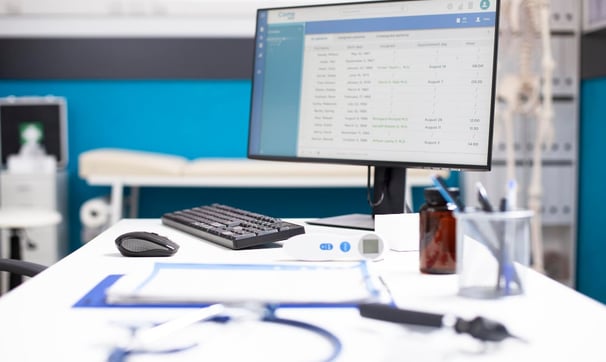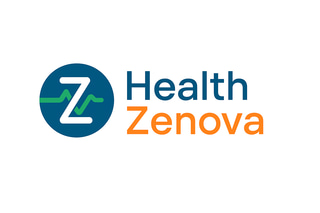A Step-by-Step Guide to Medical Billing and Coding: How to Start and Succeed
MEDICAL CODING


Medical industry has a need for accurate documentation, billing and coding for business functioning. Medical billing and coding sees to it that doctors and other medical personnel are paid for their services and that patients are accurately billed. Not only are these functions vital for handling revenue cycle, but they also play into government and insurance standards and guidelines. If you’re considering entering this rewarding career field, this article will help you become familiar with the basics and understand the steps of medical billing and coding.
How Medical Billing and Coding Is Important
Medical billing and coding specialists are essential employees who keep the healthcare process flowing. Proper billing and coding is essential to avoid proper patient billing and insurance claims processing errors. These experts collaborate with physicians, payers and patients in order to guarantee that services are properly identified, coded and reimbursed. Billing mistakes can lead to late payments, claim rejections, or even legal complications. Hence, the importance of precision in this area cannot be emphasized more.
Step by Step Process in Medical Coding and Billing
Understanding Medical Terminology and Healthcare Documentation
Medical Terminology, know it before trying to study codes and software Before considering jumping in to learn the codes and software you need a decent base. Those who work as medical billing and coding specialist need to be knowledgeable about medical terminology, diseases, conditions, and procedures. Well-understood medical notes form the basis for translating healthcare services into standardized codes — an essential task in billing and coding.
Teaching of ICD-10, CPT, and HCPCS Codes
Medical codes come in three types for billing and coding:
ICD-10 (International Classification of Diseases) : This is a coding system for diagnoses and conditions.
CPT (Current Procedural Terminology): These codes describe the services or procedures that a health care provider does.
HCPCS (Healthcare Common Procedure Coding System): These are codes for supplies, equipment, and certain other services that are not included in CPT.
Understanding these codes is important to ensure that medical billing is conducted in a methodical manner. Training programs and certifications such as the Certified Professional Coder (CPC) are in place to help professionals learn these codes.
The Medical Billing Process
After diagnosis and procedure codes are entered, the billing process can proceed. Medical billers then take the coded information and turn it into claims to send to insurance companies. The biller's responsibility is to make certain that the claim is filed correctly, with the appropriate information, such as patient information, procedure codes and charges. If everything is correct, your insurance company has now approved the claim, and the healthcare provider received money for providing it.
Handling Denied Claims and Appeals
An assortment of reasons can lead to the denial of a claim including incomplete information, coding errors, lack of medical necessity. Summary: Denials management requires medical billers who know how to respond to denials in an effective manner. That involves checking the reasons for denial, correcting the problem and re submitting the claim. For denied claims that are still denied, you have to go through an appeals process, and in some cases that could even include providing more documentation to show the need for the service you attempted to receive.
How to Choose the Best Medical Billing and Coding Software and Tools
For medical billing and coding in the current age of healthcare, implementing the latest and greatest tools and software could mean the difference in the accuracy and efficiency of your processes. Healthcare organizations use popular tools, such as Epic, Cerner and 3M, to facilitate the process. These types of software solutions provide automated code search, claim status review, and reporting that help guarantee smooth and accurate coding and billing.
Training and Certification
Training and Certification A career in medical billing and coding requires training and certification. Many reputable organizations, such as the American Academy of Professional Coders (AAPC), provide certification opportunities for prospective billers and coders. Taking a certification course like the Certified Professional Coder (CPC) or Certified Coding Associate (CCA) can greatly increase your chances at getting a job in this field. These credentials prove you have the knowledge and skills you need to get ahead in the competitive job market.
Good medical billing and coding practices
Here are a few best practices to keep in mind:
Keep on Top: Good organization of files and codes is essential for getting it right.
Check Twice, Bill Once Don’t submit claims without checking the codes to prevent errors.
Stay Updated: Medical codes and insurance coverages are subject to change and it is important to keep up with these changes.
HIPAA: HIPAA compliance Guard your patient data and privacy by ensuring everything is done according to the rules of HIPAA.
Conclusion
It is a rewarding career in the field of health care. With proper training and a fine eye for detail, you can have a massive impact in maintaining stable fiscal well-being in health care facilities. The need for talented workers in this industry keeps climbing, and you can make great strides in the field if you have the right tools and know what to do in your medical billing and coding career.
Whether you’re just beginning or looking to enhance your skills, grasping the ins and outs of medical billing and coding is a critical component of success in this indispensable healthcare field.
